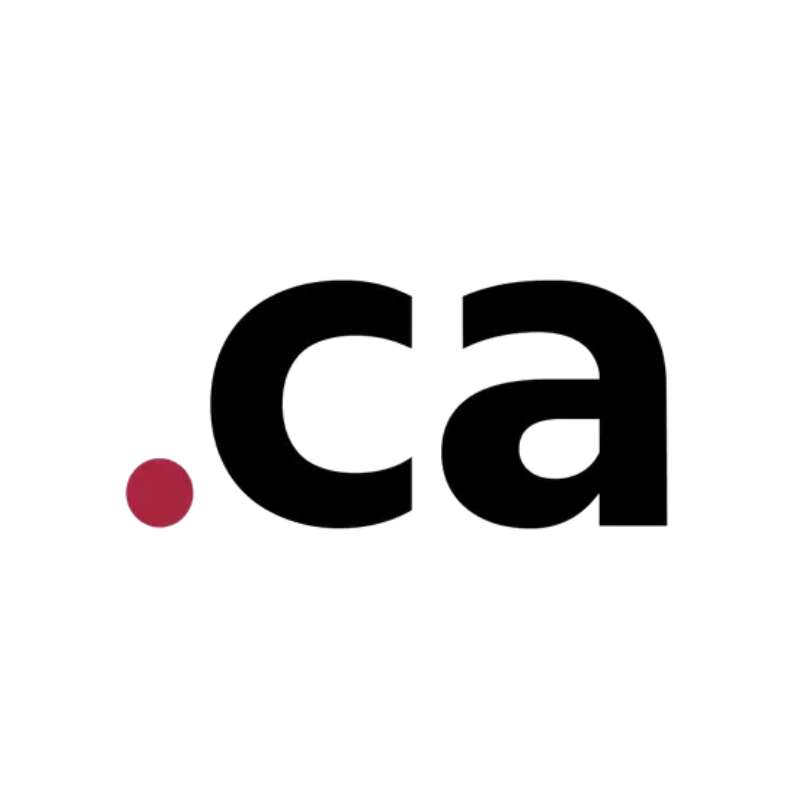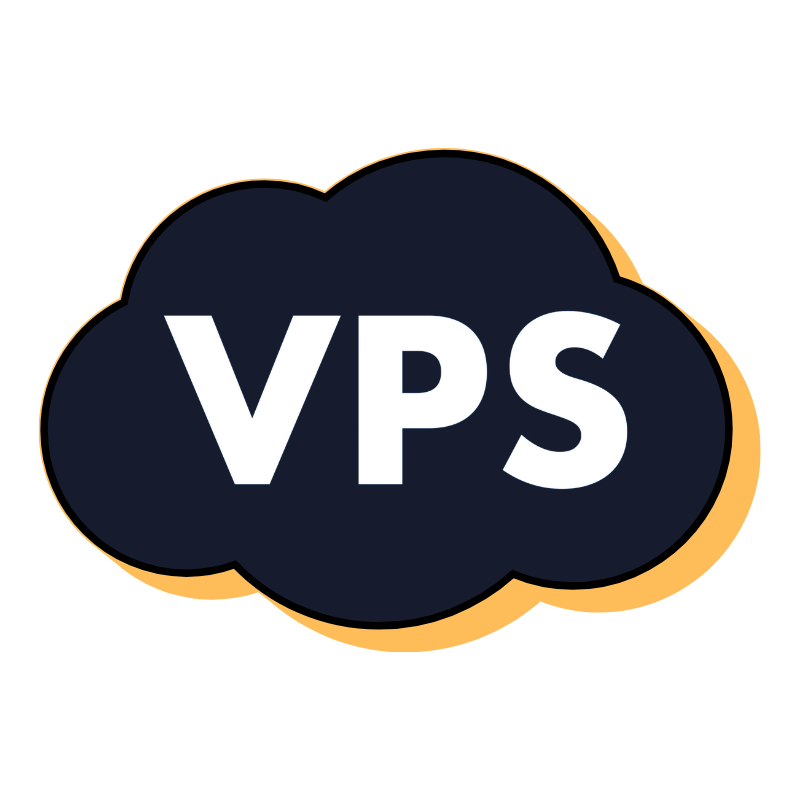Starting a business with no money might sound like a daunting challenge, but in Canada, it’s entirely possible with creativity, resourcefulness, and strategic planning.
Doesn’t really matter whether you’re dreaming of a side hustle or a scalable venture, this guide explores innovative ways to launch your business without upfront capital.
You can put to use your skills to tapping into free resources.
In this guide, I will cover practical steps and creative ideas to get you started.
Why Start a Business with No Money?
Entrepreneurship doesn’t always require a hefty bank account.
I mean, isn’t it hard already as it is?
In fact, starting lean can foster discipline, innovation, and a focus on what truly matters delivering value to customers.
Canada offers a supportive environment for startups, with access to free tools, government programs, and a digital marketplace that reduces traditional barriers.
Turns out, you can test ideas, build momentum, and reinvest profits to grow sustainably if you remove financial risk from the equation.
So, how do you start a business with NO MONEY in Canada?
Step 1: Use What You Already Have
The foundation of a no-money business is your existing skill set.
Ask yourself:
- What am I good at? (e.g., writing, graphic design, tutoring, social media management)
- What do I enjoy doing? (e.g., crafting, consulting, teaching)
- What problems can I solve? (e.g., organizing spaces, helping with tech setups)
For example, if you’re a bilingual Canadian fluent in English and French, you could offer translation services for small businesses targeting Quebec markets.
No startup costs—just your expertise.
Creative Idea: Micro-Consulting
Offer short, affordable consulting sessions (15-30 minutes) via Zoom to solve specific problems. For instance, a marketing professional could provide “quick-fix” social media strategies for local businesses. Price it low to attract clients, then upsell longer engagements as trust builds.
Step 2: Choose a Low-Cost Business Model, e.g, Service-Based Businesses
Service businesses are ideal for zero-capital startups because they rely on your time and skills rather than inventory or equipment.
Examples include:
- Freelancing: Writing, graphic design, or virtual assistance.
- Tutoring: Academic subjects, language lessons, or even niche skills like coding.
- Personal Services: Dog walking, home organization, or fitness coaching.
Creative Idea: Skill-Swapping Hub
Create a local “skill-swapping” network where you trade services with other entrepreneurs.
For instance, offer your graphic design skills to a web developer in exchange for a basic website. Use platforms like Meetup or Facebook Groups to organize in your Canadian city.
Online Businesses
The internet eliminates the need for physical storefronts. Consider:
- Dropshipping: Sell products online without holding inventory. Suppliers ship directly to customers.
- Print-on-Demand: Design custom t-shirts or mugs using free tools like Canva, then sell via platforms like Printful.
- Digital Products: Create e-books, templates, or online courses that can be sold repeatedly with no ongoing costs.
Start Hyper-Local Dropshipping
Focus on Canadian-specific niches, like Indigenous-inspired art or hockey-themed merchandise. Source trending products via Oberlo and market them through free social media channels like Instagram Reels, targeting local communities.
Step 3: Build a Brand on a Budget
You don’t need a big budget to create a professional brand:
- Social Media: Platforms like Instagram, TikTok, and LinkedIn are free to use. Post consistently to build an audience.
- Website Builders: Wix, WordPress, or Carrd offer free plans to create a basic site.
- Graphic Design: Canva’s free version lets you design logos, flyers, and social media posts.
Ride on Storytelling Content
Share your entrepreneurial journey on TikTok or Instagram Stories to connect with Canadians.
For example, a Vancouver-based freelancer could post daily “behind-the-scenes” videos of their hustle, showcasing resilience and local pride. Authenticity resonates and costs nothing.
Network Locally
Canada’s tight-knit communities are perfect for grassroots marketing:
- Attend free networking events via Eventbrite or Meetup.
- Join local Facebook Groups (e.g., “Toronto Entrepreneurs”).
- Partner with other small businesses for cross-promotion.
Community Pop-Up
Organize a free “micro-market” in your neighborhood, inviting other no-money startups to showcase services. For example, a Calgary-based tutor, baker, and photographer could team up to attract local customers, splitting minimal costs like a park permit.
Step 4: Tap into Canadian Resources And Government Programs
Canada offers support for entrepreneurs, even those with no capital:
- Business Benefits Finder (Canada.ca): Discover grants and programs tailored to your business. Some provinces, like Ontario, offer micro-grants for startups.
- Small Business Enterprise Centres: Get free advice and workshops in cities like Toronto, Vancouver, and Halifax.
- Startup Visa Program: If you’re a newcomer, explore this pathway for innovative business ideas.
Idea: Grant Pitch Party
Host a virtual “pitch party” with friends to brainstorm grant-eligible ideas. For instance, a sustainability-focused business could apply for eco-friendly startup grants. Use free tools like Google Meet to collaborate.
Free Tools and Platforms
Maximize efficiency with free software:
- Google Workspace: For email, docs, and collaboration.
- Buffer: Schedule social media posts (limited free plan).
- Wave: Free accounting software for tracking income and expenses.
Step 5: Generate Revenue Fast By Pre-Selling Your Offer
Don’t wait for perfection—start selling early:
- Offer pre-orders for digital products or services.
- Use platforms like Gumroad to collect payments for products you’ll create later.
- Provide discounts to early customers to build cash flow.
Idea: Crowdfunding with a Twist
Instead of traditional crowdfunding, create a “community-backed launch.” For example, a Montreal-based fitness coach could offer 10 discounted sessions to 20 locals, raising funds to buy basic equipment while building a client base.
Reinvest Profits
Once you earn revenue, reinvest in low-cost upgrades:
- Upgrade to a premium Canva plan for better designs.
- Invest in a domain name to look more professional.
- Save for small ads on Facebook to reach more Canadians.
Step 6: Stay Persistent and Adaptable
Entrepreneurship is a marathon, not a sprint.
Expect challenges like slow growth or market shifts, but stay flexible:
- Test and Tweak: If your tutoring service isn’t gaining traction, try offering group workshops.
- Learn Continuously: Watch free YouTube tutorials on marketing or sales.
- Celebrate Small Wins: Landing your first client or hitting $100 in sales is progress.
Idea: Accountability Buddy
Partner with another Canadian entrepreneur to keep each other motivated. Meet weekly via Zoom to share goals and brainstorm solutions, like how to reach more customers in your province.
Overcoming Common Challenges
- Lack of Confidence: Focus on small, achievable tasks to build momentum. For example, create one Instagram post today.
- Time Constraints: Start with a side hustle, dedicating just 5-10 hours a week.
- Competition: Differentiate by being hyper-local or niche. A Winnipeg pet sitter could specialize in senior dogs, standing out in a crowded market.
Final Thoughts
Starting a business with no money in Canada is not only possible—it’s a chance to think creatively and build something uniquely yours.
leveraging your skills, tapping into free resources, and staying persistent, you can turn your vision into reality.
Whether it’s freelancing from a Toronto apartment, dropshipping from Vancouver, or tutoring in Halifax, the key is to start small, learn fast, and reinvest wisely.
Take Your Business Online with Truehost.ca
Every modern business needs a digital presence, and that’s where Truehost.ca comes in.
As you launch your no-money venture, a professional website can set you apart, even on a tight budget.
Truehost.ca offers affordable web hosting services tailored for Canadian entrepreneurs, with reliable uptime, fast servers, and 24/7 support to keep your site running smoothly.
Whether you’re building a portfolio for your freelance gigs or an e-commerce store for dropshipping, their plans start low, making it easy to scale as your business grows.
Why tie your no-money business to Truehost.ca?
Because every dollar counts, and their cost-effective hosting ensures you get a polished online presence without breaking the bank.
Visit Truehost.ca/web-hosting/ today to kickstart your digital journey and give your Canadian customers a place to find you!
Read also:
 cPanel Web HostingAffordable Canadian cPanel hosting, user-friendly and reliable.
cPanel Web HostingAffordable Canadian cPanel hosting, user-friendly and reliable. Reseller HostingStart your own hosting business with flexible reseller hosting plans.
Reseller HostingStart your own hosting business with flexible reseller hosting plans. Affiliate ProgramJoin our affiliate program and earn commissions by referring customers.
Affiliate ProgramJoin our affiliate program and earn commissions by referring customers. DomainsFind the perfect domain for your business or personal site with ease.
DomainsFind the perfect domain for your business or personal site with ease. Domain TransferTransfer your domain to us and keep your website running without interruption.
Domain TransferTransfer your domain to us and keep your website running without interruption. WHOIS LookupQuickly find who owns a domain with our easy WHOIS search tool.
WHOIS LookupQuickly find who owns a domain with our easy WHOIS search tool. VPS HostingReliable VPS hosting crafted for performance and peace of mind.
VPS HostingReliable VPS hosting crafted for performance and peace of mind.
